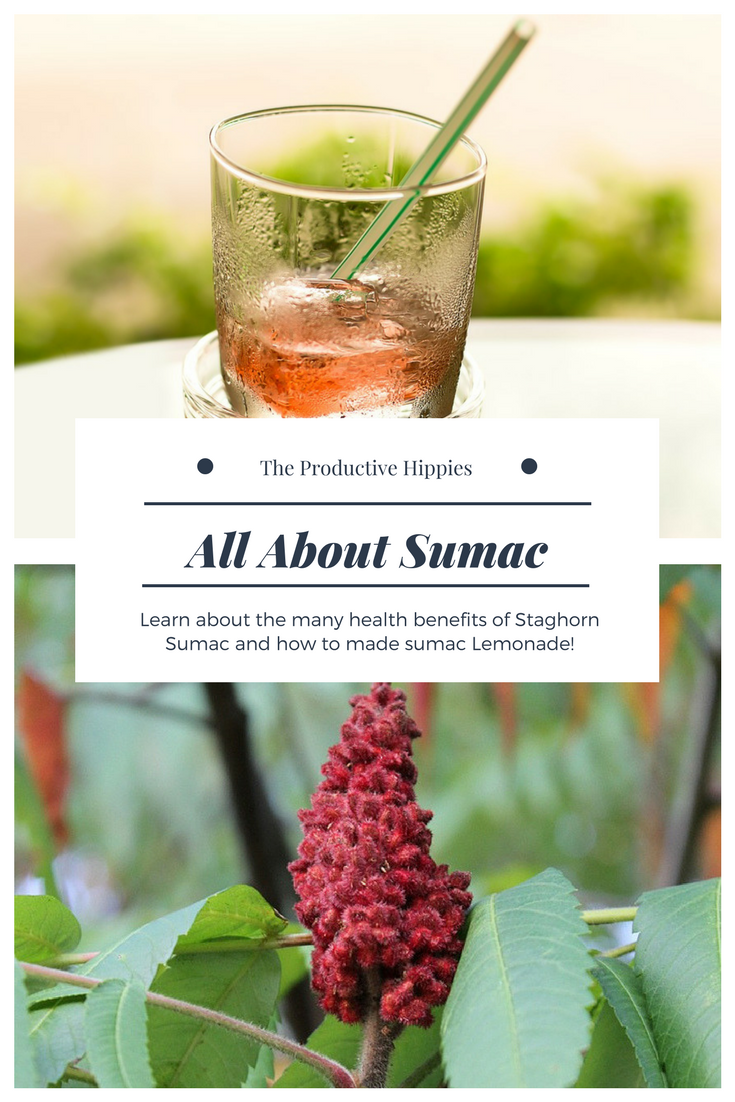Wild Sumac was used extensively by Native Americans for food and medicine. Young shoots and roots were peeled and eaten raw. The fruit was also eaten raw, cooked or made into a lemonade-like drink. The active constituents in Sumac are being studied for use in many diseases some possible applications are in the treatment of TB, diabetes, and some cancers.
Staghorn sumac (Rhus typhina) is the most common of three species that grow in  Ontario. The other two are smooth sumac (R. glabra) and fragrant sumac (R. aromatica). They are members of the Cashew family. The only other genus from this family that occurs in Ontario is Toxicodendron, which includes poison ivy, poison oak and poison sumac. These species, which contain a resin that many people react to, are very closely related to the sumacs and were formerly included in the Rhus genus.
Ontario. The other two are smooth sumac (R. glabra) and fragrant sumac (R. aromatica). They are members of the Cashew family. The only other genus from this family that occurs in Ontario is Toxicodendron, which includes poison ivy, poison oak and poison sumac. These species, which contain a resin that many people react to, are very closely related to the sumacs and were formerly included in the Rhus genus.
These clusters of fuzzy, red berry-like fruits make a refreshing drink that I love to enjoy on a warm summer day. An understated astringent, tonic, remarkable antibiotic and digestive aid, this bright crimson-berried shrub of late summer and fall holds amazing healing benefits hidden behind a taste somewhere between lemonade and cranberry juice.
Both chefs and herbalists might compare it to hibiscus: it tastes tart, cooling, and dry, with a very notable rosy astringency. Similar to hibiscus, sumac is a cool, drying, tonifying, and astringent herb.
BENEFITS OF SUMAC
- High in vitamin C, and good for immunity
- Contains antioxidants for cellular protection
- Contains gallic acids, potent antimicrobial compounds
- Demonstrated blood sugar-regulating activity, good for diabetics
- Lowers bad cholesterol, while boosting good cholesterol
- Could prevent atherosclerosis, thus prevent heart disease (1)
- Regulates the gut and remedies diarrhea
Studies today support the above-mentioned health benefits, while in traditional folk herbalism, sumac was used for fevers, urinary complaints, and digestive imbalances because due to its perceived ability to cool the body down. Its antimicrobial content was also great for righting the wrongs of stomach infections.
ALLERGIES
Although it is rare, a few people who are highly allergic to poison ivy may also react to sumac. Those most likely to react to it are people who also react to cashews, pistachios or mangos, which are from the same family. If you aren’t sure, before drinking sumac, rub some of the tea on the back of your hand and let it dry. If you don’t get a rash within an hour or so it should be fine to drink it. Always use caution and your best judgement.
SUMAC-ADE RECIPE
- 1/2 – 1 Cup Sumac ‘dupes’ (berries and attached twigs)
- 1 Litre Cool Water
Directions
- Add berries and water to a pitcher or jar and leave in the sun for 4-24 hours.
- Strain through a cheese cloth.
- Put on ice and flavor to taste with lemon, lime, honey, herbs like mint or lemon balm – whatever you like.
- Keeps in the fridge for about 1 week.


